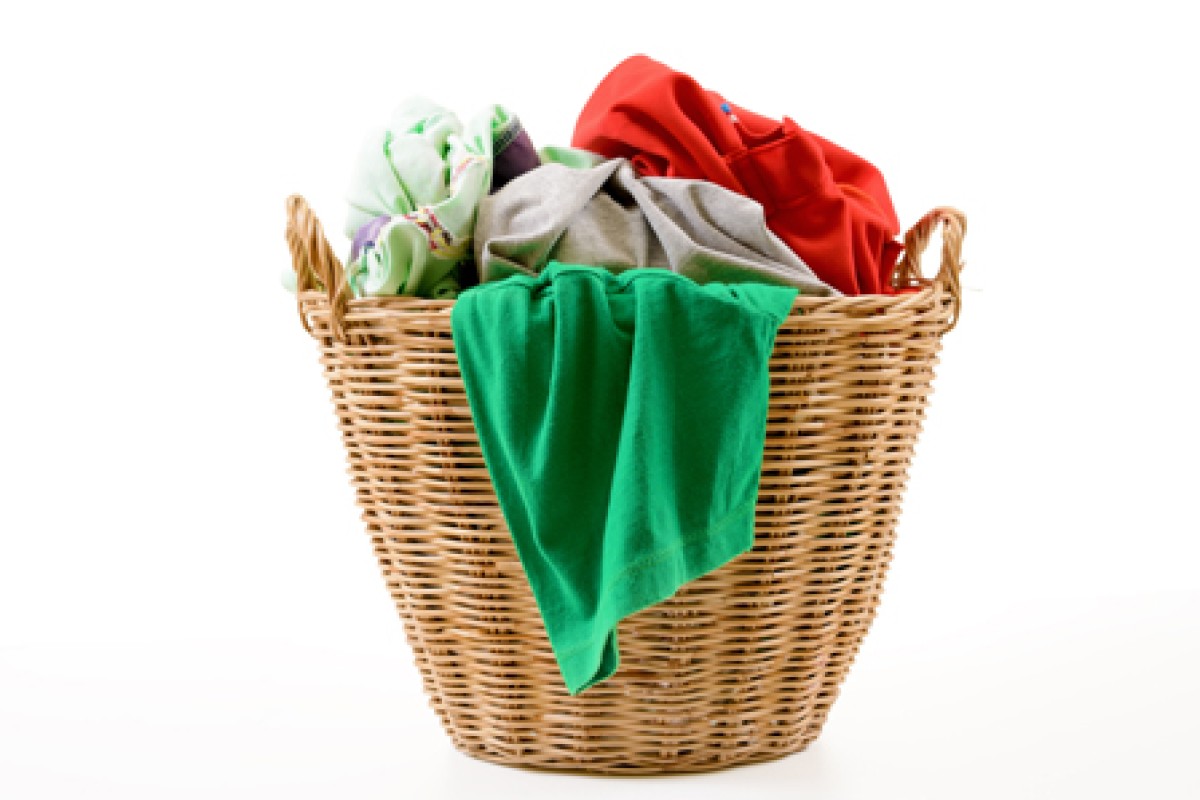
New coating on fabrics might lead to no more laundry days

Their ability to survive on surfaces makes them a very important issue; studies have shown that some infectious bacteria can survive on certain surfaces for more than 90 days.
With increasing demand for clean surfaces that also purify themselves, interest has grown in developing self-cleaning, protective materials.
Advances in ways to deal with these germs and bacteria could make dirt-free, or no-wash, fibres and clothing a reality. Self-cleaning surfaces provide protection against not only infectious diseases, but also against odour, staining, wear and tear and allergies.
Self-cleaning surfaces can be classified as hydrophobic or hydrophilic - those that repel or attract water.
A hydrophobic effect is commonly known as the lotus effect: water droplets roll over the surface to remove attached dirt and fine waste. Such a surface could be by created by imitating the natural features of lotus leaves or a butterfly's wings.
Hydrophilic self-cleaning uses chemicals that break down both surface dirt and germs through reactions that are triggered by light.
Although some of these water-attracting materials have been identified, the problem is attaching them onto flexible materials such as plastics and textiles. It's easier to attach solid materials because they have a low resistance to heat and chemical reactions. So, scientists have found a way to coat organic fibres with microscopic titanium dioxide crystals, which allow the fibres to clean themselves when exposed to direct light.
The first self-cleaning cotton and wool fabrics have been developed this way, and further work has shown that these fibres also protect the wearer from ultraviolet light and have a self-cleaning quality that can be copied.
Self-cleaning may one day become a standard feature of textiles and clothing. It would improve the environment, as cleaning them would require less water, energy and detergents that come from oil products. Quality of life for people around the world would improve if cleaning clothes were as easy as hanging them on the line.
You might also like:
- Changing our diet could help guard against cancer